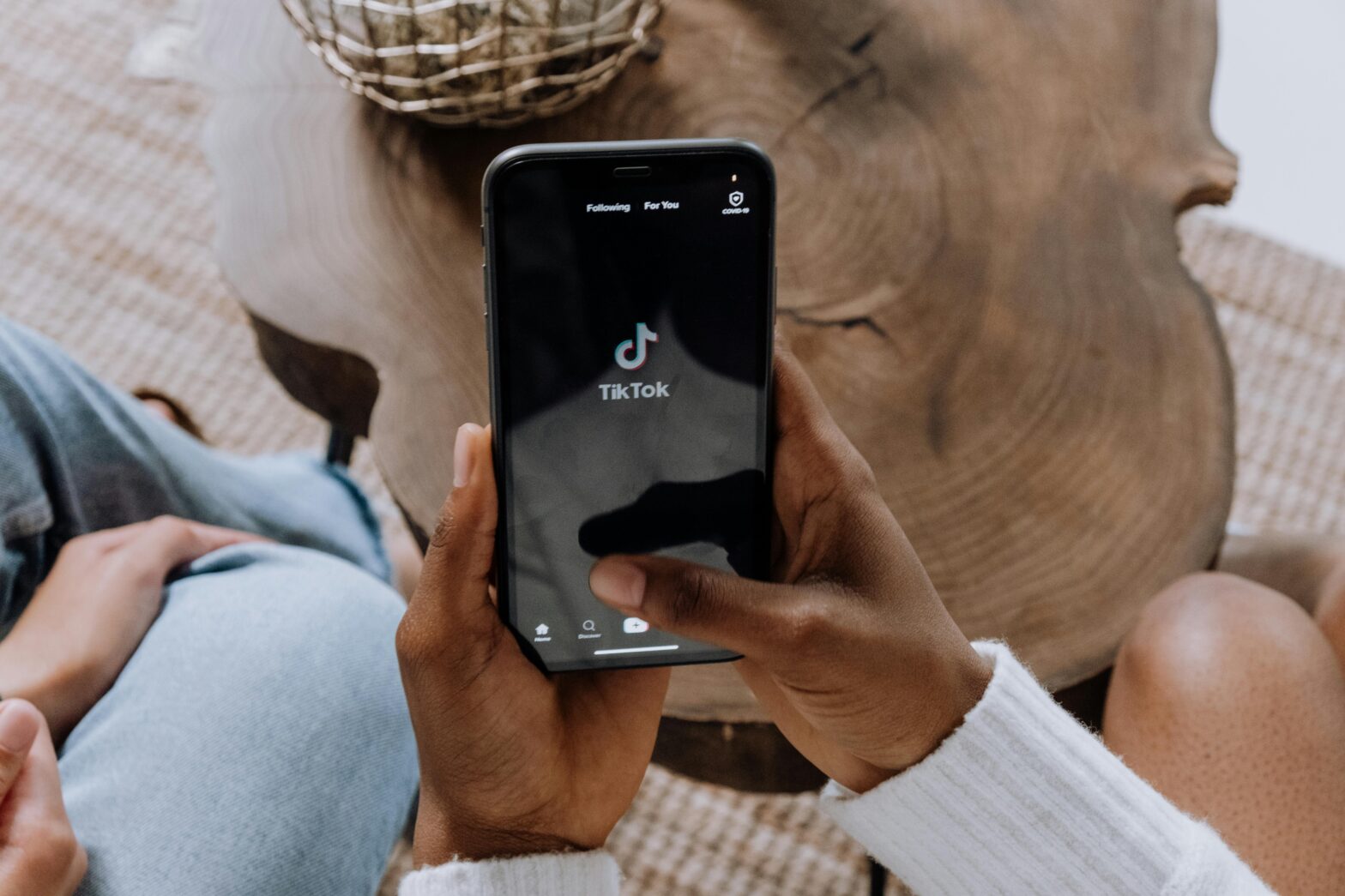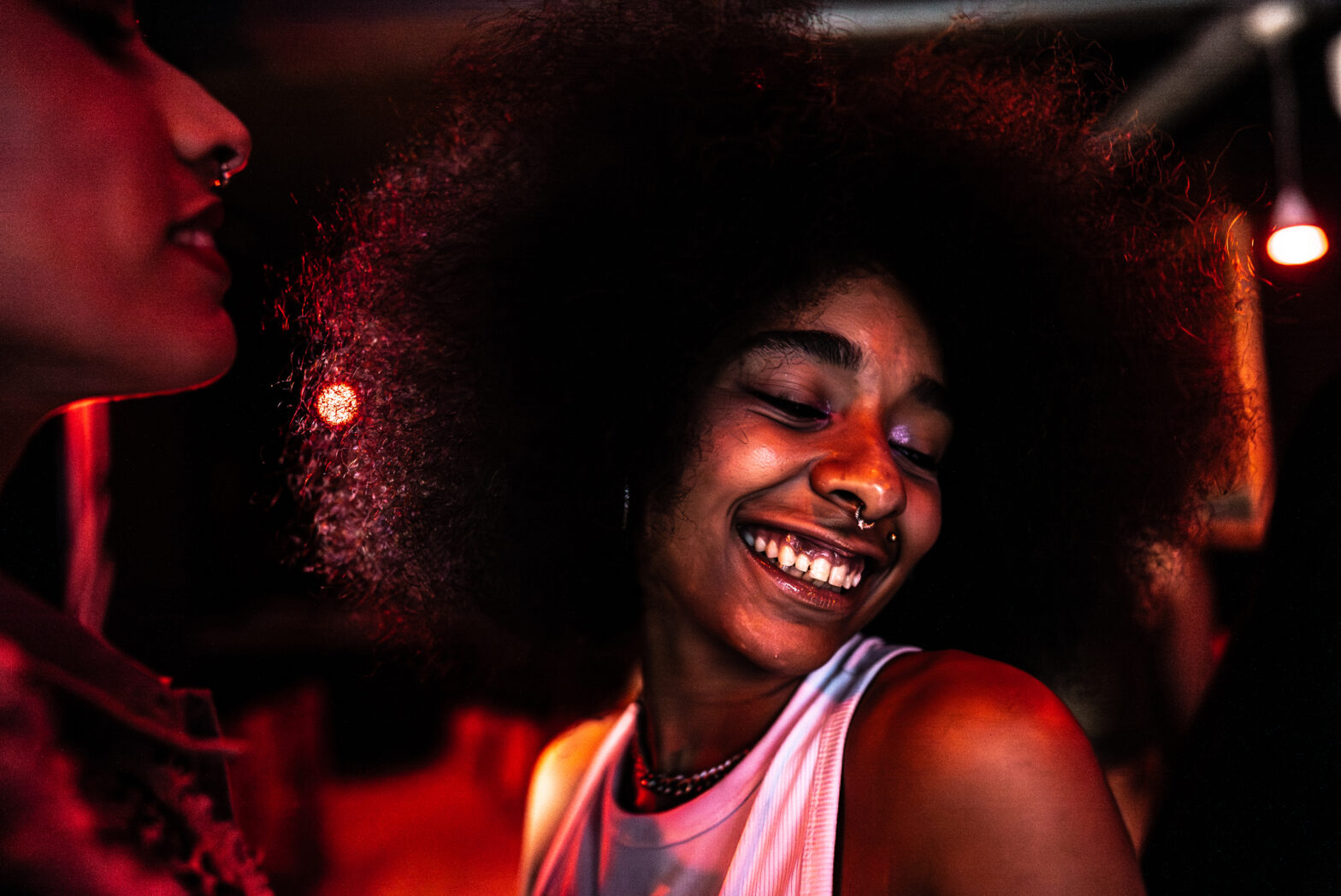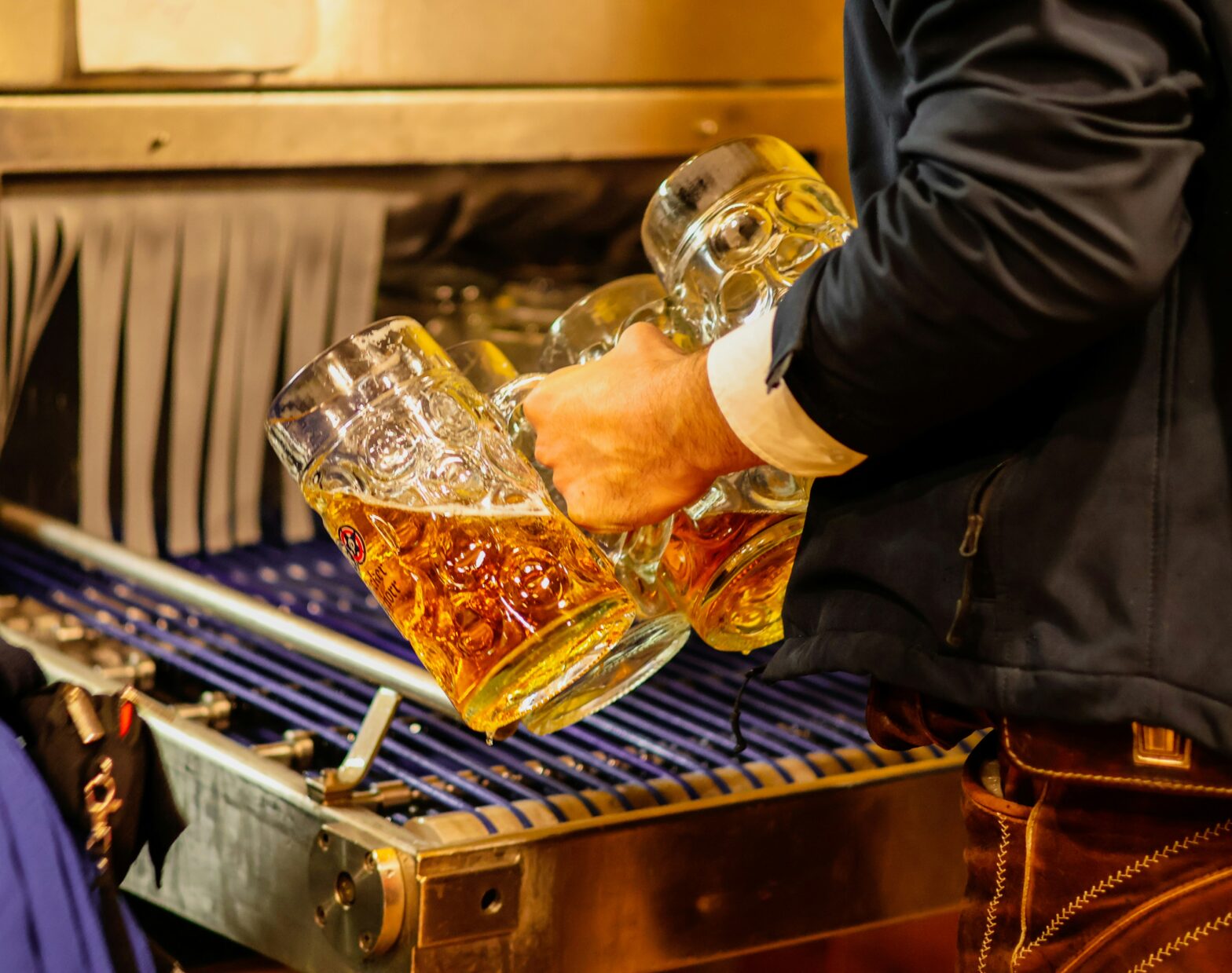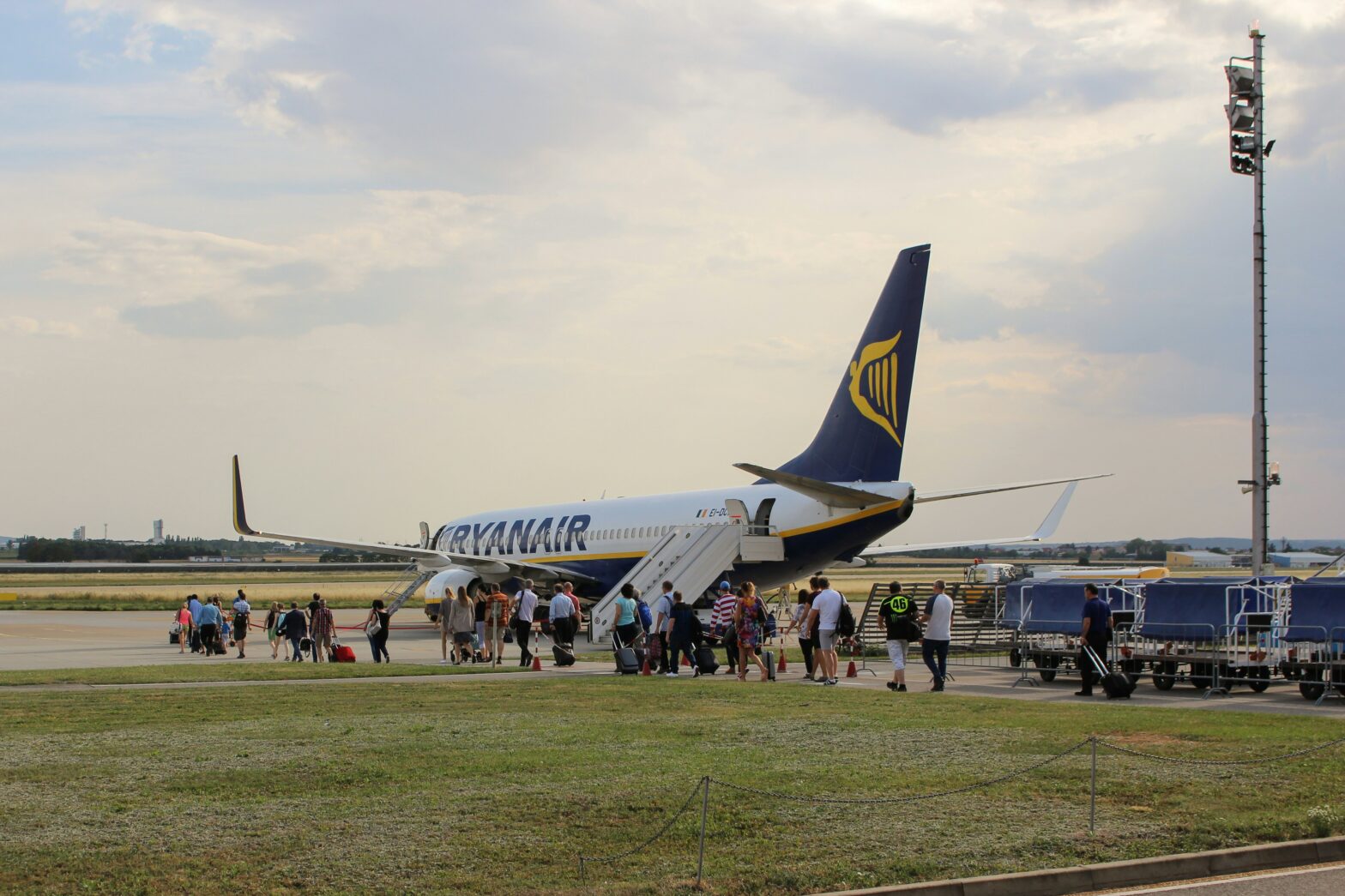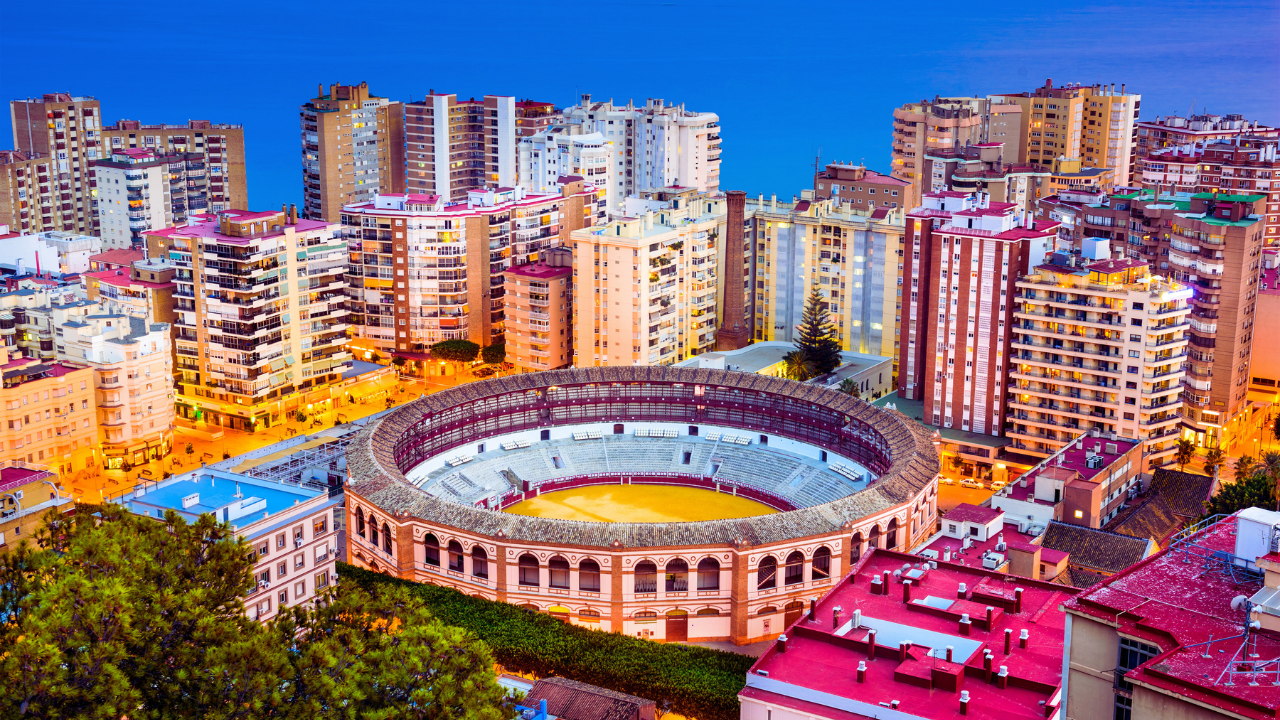Honduras is the most beautiful place I have ever been. Nestled between Nicaragua and Guatemala, the spectacular views from mountains and beaches are absolutely breathtaking. The rich history and culture of more than 7 Indigenous groups thrives on through small communities scattered across the country. I set out to explore Honduras and traveled along the northern coast where the Afro-Indigenous Garifuna people still reside. It was interesting to read and research about a group of African descendants in Honduras who are also classified as Indigenous, you don’t usually find the terms associated.
I traveled on a blistering hot, dusty, 7 hour bus ride from San Pedro Sula through unpaved roads and missing street signs to a small town called, Trujillo. Here, is where I spent most of my time socializing with locals and sharing my love of history and culture. As a fluent Spanish speaker, many folks thought I was just visiting family and welcomed me with open arms. The peace, respect and happiness that so many people shared, reminded me of what life is all about, simply being grateful. As an ethnographer, I feel it is my duty to educate as many people who will listen about the history of African descendants in the Americas.
During the Trans-Atlantic Slave Trade more Africans intended for slavery went to Central and South America, then the United States, therefore there are more people of African descent throughout Latin America than the USA. It is critical that people of color know that we exist, everywhere. Our struggles, culture and greatness are aligned. With my camera, I was able to capture thoughts, seek understanding, educate myself and others. The citizens of Trujillo were eager for people to know their history and applauded the fact that three Black American filmmakers had an interest in them, but they were perplexed and eager to know why. I have often thought of travelers, explorers and expats as photo junkies, exploiters and braggers. It is a very thin line between racing for stamps in the passport and experiencing a life changing journey at the expense of other people habitats.
Throughout my research I constantly asked myself, what is the purpose of learning about the Garifuna and sharing what I’ve seen? Ultimately, I settled on, documentary filmmaking as a craft, education as a tool, accepting traveling as a privilege, and sharing experiences as my duty. It wasn’t long before I realized that many of the experiences of Garifuna in Honduras are not very different from Blacks in Florida, where I’m from. Our struggle and victories are universal and the documentary, On Our Land. Being Garifuna in Honduras paints that picture. If you are in the Washington, DC metro area, please come out to watch the award-winning short film.
On Our Land: Being Garifuna in Honduras
Where: 716 Monroe St. NE Brookland Arts Walk-Wild Hand Workspace, Studio 8 (Brookland Metro Stop-Red Line)
When: Thursday-November 20th-7pm.

